Decoding Mercedes Service Codes A-H: Your Ultimate Guide
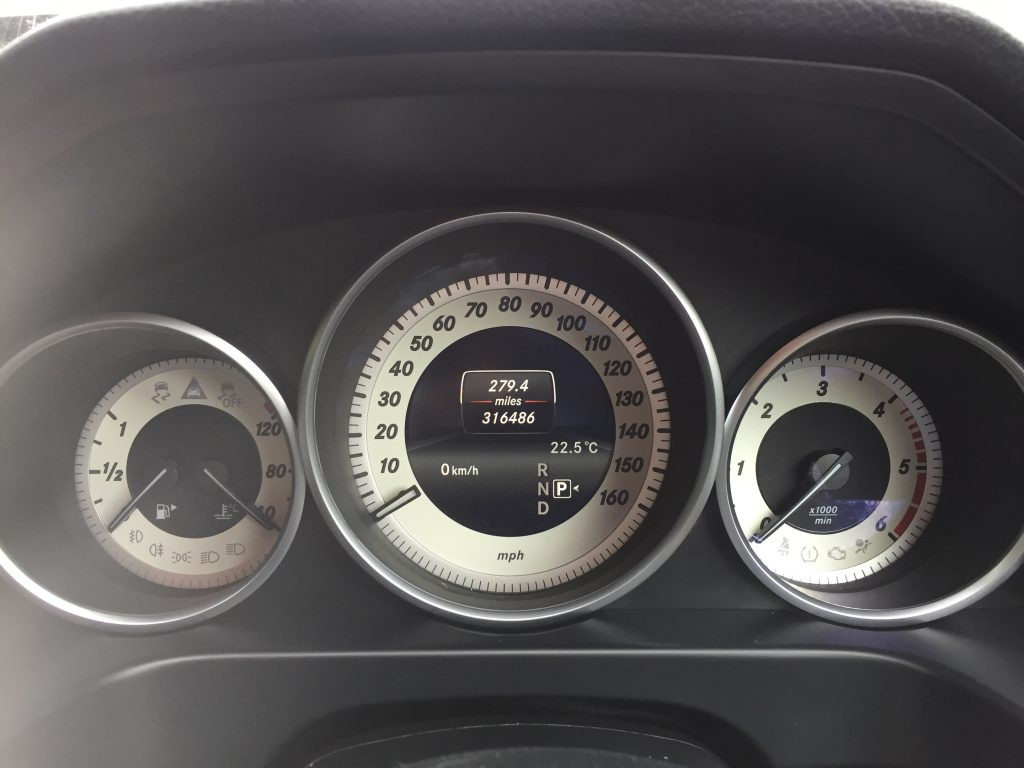
Mercedes-Benz service codes, particularly those ranging from A to H, can initially seem perplexing. But don’t worry! This comprehensive guide will demystify these codes, providing you with a clear understanding of what each service entails and how it impacts your vehicle’s maintenance. At CARDIAGTECH.NET, we understand the importance of keeping your Mercedes in top condition, and that starts with understanding its service needs.
Contents
- 1. What are Mercedes-Benz Service Codes?
- 2. Understanding the Evolution of Mercedes-Benz Service Systems
- 2.1. The Original “Assyst” System
- 2.2. Introducing “Assyst Plus”
- 2.3. Numeric and Letter Combinations
- 2.4. Workshop Codes
- 3. Decoding Mercedes Service Codes: A Detailed Breakdown
- 3.1. Service A
- 3.2. Service B
- 3.3. Service C
- 3.4. Service D
- 3.5. Service E
- 3.6. Service F
- 3.7. Service G
- 3.8. Service H
- 4. How to Find Your Mercedes-Benz Workshop Code
- 5. Common Mercedes-Benz Service Items
- 5.1. Brake Fluid Change
- 5.2. Combination Filter Replacement
- 5.3. Air Filter Replacement
- 5.4. Fuel Filter Replacement
- 5.5. Spark Plug Replacement
- 5.6. Coolant Renewal
- 5.7. Gearbox Oil Change/Filter Renewal
- 6. Complete List of Mercedes-Benz Service Codes
- 7. Maximizing Your Mercedes-Benz Ownership Experience with CARDIAGTECH.NET
- 7.1. Diagnostic Tools
- 7.2. Maintenance Equipment
- 8. Real-World Example: Decoding a “BS” Service
- 9. Benefits of Regular Mercedes-Benz Maintenance
- 9.1. Optimal Performance
- 9.2. Enhanced Safety
- 9.3. Extended Lifespan
- 9.4. Increased Resale Value
- 9.5. Peace of Mind
- 10. Frequently Asked Questions (FAQs) About Mercedes-Benz Service Codes
- 10.1. What does “Service A” mean on my Mercedes-Benz?
- 10.2. How often should I get “Service A” done on my Mercedes-Benz?
- 10.3. What does “Service B” include on my Mercedes-Benz?
- 10.4. How often should I get “Service B” done on my Mercedes-Benz?
- 10.5. Can I perform Mercedes-Benz services myself?
- 10.6. What is the “Assyst Plus” system?
- 10.7. How do I reset the service indicator on my Mercedes-Benz?
- 10.8. What are “additional service items” on my Mercedes-Benz?
- 10.9. Where can I find the service schedule for my Mercedes-Benz?
- 10.10. Why is regular maintenance important for my Mercedes-Benz?
1. What are Mercedes-Benz Service Codes?
Mercedes-Benz service codes are alphanumeric indicators that appear on your vehicle’s dashboard, signaling the need for scheduled maintenance. These codes, such as “Service A,” “Service B,” and so on up to “Service H,” are part of the Mercedes-Benz “Assyst Plus” system. This system intelligently assesses your vehicle’s condition based on factors like mileage, time, and driving habits to determine the specific maintenance tasks required. According to Mercedes-Benz, using the Assyst Plus system helps to ensure optimal performance, longevity, and safety. Ignoring these service codes can lead to diminished performance and costly repairs.
- A Service: Typically a minor service, including an oil and filter change and a basic inspection.
- B Service: A more comprehensive service, including an oil and filter change, pollen filter replacement, and a more detailed inspection.
- C through H Services: These services build upon the A and B services, incorporating additional maintenance tasks based on the vehicle’s specific needs and the manufacturer’s recommendations.
2. Understanding the Evolution of Mercedes-Benz Service Systems
The Mercedes-Benz service system has evolved over time to provide more precise and comprehensive maintenance recommendations. Understanding this evolution can help you appreciate the sophistication of the current “Assyst Plus” system and how it benefits your vehicle.
2.1. The Original “Assyst” System
Initially, Mercedes-Benz used the “Assyst” system, which primarily indicated the need for either an “A” or “B” service.
- A Service: Focused on essential maintenance, including engine oil and filter changes, along with a basic vehicle inspection.
- B Service: A more extensive service that included engine oil and filter changes, pollen filter replacement, and a more thorough vehicle inspection.
In addition to these services, there were “Additional service items” based on the vehicle’s age or mileage, such as air filter replacements, fuel filter replacements, brake fluid changes, coolant changes, spark plug replacements, and gearbox oil/filter changes.
2.2. Introducing “Assyst Plus”
The “Assyst Plus” system was introduced to enhance the precision and customization of maintenance schedules. This system considers time, wear-specific maintenance items, and any special equipment relevant to the vehicle.
- The service codes expanded to include letters up to “H,” allowing for a broader range of maintenance requirements.
- This system first appeared on models like the 211 E Class, 251 R Class, 164 ML Class, and 169 A Class.
2.3. Numeric and Letter Combinations
To further refine the service recommendations, Mercedes-Benz introduced numeric and letter combinations after the “A” or “B” service code. This change was implemented on models from around 2008, such as the 204 C Class and 212 E Class.
- Combinations like A1, B1, A5, B5, A3, AK, AC, and B0 provided more specific details about the required maintenance tasks.
- This system coincided with the introduction of the Mercedes-Benz Digital Service Book (DSB), streamlining service record-keeping.
2.4. Workshop Codes
Each service item is assigned a specific number, and a “Workshop code” is associated with each service. For example, the service code for an ‘A’ service is ‘505’, which translates to service item 1 – minor inspection & service item 3 – engine oil and filter change. The service code for an B1 Service is ‘E0E’, which translates to service item 2 – major inspection, service item 3 – engine oil and filter change & service item 4 – brake fluid change. This workshop code can be accessed through the instrument cluster menu.
3. Decoding Mercedes Service Codes: A Detailed Breakdown
Understanding the specific maintenance tasks associated with each Mercedes-Benz service code can help you stay informed about your vehicle’s needs. Here’s a detailed breakdown of the services typically included in codes A through H.
3.1. Service A
Service A is typically the first service required after the initial break-in period for a new Mercedes-Benz. It focuses on essential maintenance to keep your vehicle running smoothly.
- Engine Oil and Filter Change: Replacing the engine oil and filter is crucial for maintaining engine lubrication and preventing wear.
- Fluid Level Checks: Checking and topping off all essential fluids, including brake fluid, coolant, power steering fluid, and windshield washer fluid.
- Tire Inflation Check and Correction: Ensuring proper tire inflation for optimal handling, fuel efficiency, and tire life.
- Brake Inspection: Inspecting brake pads, rotors, and calipers for wear and damage.
- Resetting the Service Indicator: Resetting the service indicator in the vehicle’s computer to reflect the completed maintenance.
3.2. Service B
Service B is a more comprehensive maintenance visit that includes all the elements of Service A, along with additional inspections and replacements.
- All Service A Items: Includes engine oil and filter change, fluid level checks, tire inflation check, brake inspection, and resetting the service indicator.
- Pollen Filter Replacement: Replacing the pollen filter to ensure clean air circulation within the cabin.
- Brake Fluid Exchange: Replacing the brake fluid to maintain optimal braking performance and prevent corrosion.
- Inspection of Belts and Hoses: Checking belts and hoses for cracks, leaks, or wear.
- Lubrication of Hinges, Locks, and Latches: Lubricating moving parts to ensure smooth operation.
3.3. Service C
Service C builds upon the A and B services with additional inspections and maintenance tasks to address specific needs based on the vehicle’s age and mileage.
- All Service A and B Items: Includes all services from A and B, such as oil and filter change, fluid checks, filter replacements, and brake inspections.
- Inspection of Suspension Components: Checking shocks, struts, and other suspension parts for wear or damage.
- Exhaust System Inspection: Inspecting the exhaust system for leaks, corrosion, or damage.
- Steering System Inspection: Checking the power steering system and steering components for proper operation.
3.4. Service D
Service D includes all the elements of Services A, B, and C, with further attention to detail and additional replacements to ensure long-term reliability.
- All Service A, B, and C Items: Includes all services from A, B, and C, such as oil and filter change, fluid checks, filter replacements, suspension inspection, and exhaust system inspection.
- Spark Plug Replacement (if applicable): Replacing spark plugs to maintain optimal engine performance.
- Transmission Fluid Check (if applicable): Checking the transmission fluid level and condition.
3.5. Service E
Service E typically involves a more in-depth inspection of critical systems and components, along with necessary replacements and adjustments.
- All Applicable Items from Previous Services: Includes relevant services from A, B, C, and D.
- Engine Mount Inspection: Checking engine mounts for wear or damage.
- Coolant System Inspection: Thorough inspection of the coolant system for leaks or corrosion.
- Differential Fluid Check (if applicable): Checking the differential fluid level and condition.
3.6. Service F
Service F focuses on maintaining the overall health and performance of the vehicle, with a comprehensive set of inspections and replacements.
- All Applicable Items from Previous Services: Includes relevant services from A, B, C, D, and E.
- Fuel Filter Replacement (if applicable): Replacing the fuel filter to ensure clean fuel delivery to the engine.
- Air Filter Replacement: Replacing the air filter to maintain proper airflow to the engine.
3.7. Service G
Service G is a more extensive service that addresses potential issues and ensures the vehicle is operating at its best.
- All Applicable Items from Previous Services: Includes relevant services from A, B, C, D, E, and F.
- Inspection of the Drivetrain: Checking the drivetrain components for wear or damage.
- Checking and Adjusting the Parking Brake: Ensuring the parking brake is functioning correctly.
3.8. Service H
Service H is the most comprehensive service in the Mercedes-Benz maintenance schedule, covering all aspects of the vehicle’s operation and condition.
- All Applicable Items from Previous Services: Includes all services from A through G.
- Complete Vehicle Inspection: A thorough inspection of all major systems and components.
- Any Necessary Repairs or Replacements: Addressing any identified issues to ensure the vehicle is in optimal condition.
4. How to Find Your Mercedes-Benz Workshop Code
The workshop code provides a detailed breakdown of the specific service items required for your Mercedes-Benz. Here’s how to access it:
- Turn the ignition to position 1: Insert your key into the ignition and turn it to the first position.
- Ensure the overall mileage is displayed: Make sure your instrument cluster is displaying the total mileage of your vehicle.
- Press and hold the call answer button: Locate the call answer button on your steering wheel (typically a phone icon) and press and hold it.
- Press and hold the OK button: While still holding the call answer button, press and hold the OK button on your steering wheel.
- Hold both buttons simultaneously: Continue holding both buttons until the workshop menu appears on your instrument cluster.
Once the workshop menu is displayed, you can navigate through the options to find the specific workshop code for your upcoming service. This code can then be used to identify the exact service items that need to be addressed.
5. Common Mercedes-Benz Service Items
In addition to the standard services (A through H), several additional service items may be required based on your vehicle’s age, mileage, and driving conditions.
5.1. Brake Fluid Change
Brake fluid is essential for the proper functioning of your vehicle’s braking system. Over time, brake fluid can absorb moisture, reducing its effectiveness and potentially leading to corrosion within the brake lines and components. Mercedes-Benz recommends changing the brake fluid every two years, regardless of mileage.
- Why it’s important: Prevents brake fade, corrosion, and maintains optimal braking performance.
- Recommended interval: Every two years.
5.2. Combination Filter Replacement
The combination filter, also known as the cabin air filter, is responsible for filtering the air that enters the passenger cabin. It removes dust, pollen, and other contaminants, ensuring clean air for the occupants. Replacing the combination filter regularly helps maintain air quality and prevent odors.
- Why it’s important: Maintains clean air quality inside the vehicle and prevents odors.
- Recommended interval: Every 10,000 to 20,000 miles or as needed.
5.3. Air Filter Replacement
The air filter prevents dirt, dust, and debris from entering the engine. A clogged air filter can restrict airflow, reducing engine performance and fuel efficiency. Replacing the air filter at the recommended intervals ensures optimal engine operation.
- Why it’s important: Maintains optimal engine performance and fuel efficiency.
- Recommended interval: Every 30,000 to 40,000 miles.
5.4. Fuel Filter Replacement
The fuel filter removes contaminants from the fuel before it reaches the engine. A clogged fuel filter can restrict fuel flow, leading to poor engine performance and potential damage. Replacing the fuel filter at the recommended intervals ensures clean fuel delivery to the engine.
- Why it’s important: Ensures clean fuel delivery and prevents engine damage.
- Recommended interval: Every 30,000 to 50,000 miles, depending on the model.
5.5. Spark Plug Replacement
Spark plugs ignite the air-fuel mixture in the engine’s cylinders, initiating the combustion process. Over time, spark plugs wear down, leading to reduced engine performance and fuel efficiency. Replacing the spark plugs at the recommended intervals ensures optimal engine operation.
- Why it’s important: Maintains optimal engine performance and fuel efficiency.
- Recommended interval: Every 60,000 to 100,000 miles, depending on the model.
5.6. Coolant Renewal
Engine coolant helps regulate the engine’s temperature, preventing it from overheating or freezing. Over time, coolant can degrade, losing its effectiveness and potentially causing corrosion within the cooling system. Renewing the coolant at the recommended intervals ensures proper engine temperature regulation.
- Why it’s important: Prevents overheating and corrosion within the cooling system.
- Recommended interval: Every 2 to 3 years or 30,000 to 50,000 miles.
5.7. Gearbox Oil Change/Filter Renewal
The gearbox oil, also known as transmission fluid, lubricates the moving parts within the transmission, ensuring smooth shifting and preventing wear. Over time, the fluid can degrade, losing its lubricating properties and potentially causing damage to the transmission. Changing the gearbox oil and filter at the recommended intervals ensures optimal transmission performance.
- Why it’s important: Maintains smooth shifting and prevents transmission damage.
- Recommended interval: Every 40,000 to 70,000 miles, depending on the model and driving conditions.
6. Complete List of Mercedes-Benz Service Codes
Here’s a comprehensive list of Mercedes-Benz service codes, their corresponding workshop codes, and the service items they include. This list is a valuable reference for understanding the specific maintenance tasks required for your vehicle.
| Display Code | Workshop Code | Service Items |
|---|---|---|
| A | 505 | Service items 1, 3 |
| A1 | D0D | Service items 1, 3, 4 |
| A2 | ||
| A3 | 550A | Service items 1, 3, 8, 11 (Diesel engine) |
| A3 | Service items 1, 3, 8, 12 (Petrol engine) | |
| A4 | D50J | Service items 1, 3, 8, 10, 11 |
| A5 | ||
| A6 | DD0S | Service items 1, 3, 4, 8, 10, 11 |
| A7 | G50M | Service items 1, 3, 20 |
| A8 | Q50V | Service items 1, 3, 10, 20 |
| A9 | GD0V | Service items 1, 3, 4, 20 |
| A0 | 850D | Service items 1, 3, 10 |
| AC | QD051 | Service items 1, 3, 4, 10, 20 |
| AF | KD001 | Service items 1, 3, 4, 8, 12, 20 |
| AH | 801050E | Service items 1, 3, 13, 24 |
| AG | VD0A1 | Service items 1, 3, 4, 8, 10, 11, 20 |
| AK | 10D0E | Service items 1, 3, 13 |
| AP | 15D0K | |
| B | 606 | Service items 2, 3 |
| B1 | E0E | Service items 2, 3, 4 |
| B2 | 8E0N | Service items 2, 3, 4, 10 |
| B3 | 560B | Service items 2, 3, 8, 11 |
| B4 | B60H | Service items 2, 3, 8, 10, 11 |
| B5 | 5E0K | Service items 2, 3, 4, 8, 11 |
| B5 | 3E0H | Service items 2, 3, 4, 8, 12 |
| B6 | DE0T | Service items 2, 3, 4, 8, 10, 11 |
| B7 | G60N | Service items 2, 3, 20 |
| B7 | GN061 | Service items 2, 3, 15, 20 |
| B8 | Q60W | Service items 2, 3, 10, 20 |
| B9 | GE0W | Service items 2, 3, 4, 20 |
| B0 | 1607 | Service items 2, 3, 8 |
| B0 | 960F | Service items, 2, 3, 8, 10 (on a GL63) |
| BD | M60T | Service items 2, 3, 8, 11, 20 |
| BE | V6031 | Service items 2, 3, 8, 10, 11, 20 |
| BF | ||
| BK | 10E0F | Service items 2, 3, 4, 13 |
| BK | 14E0K | Service items 2, 3, 4, 11, 13 (Reader Submitted, W246) |
| BS | 1Q60X | Service items 2, 3, 10, 13, 20 |
Service Item Key:
- Minor Inspection
- Major Inspection
- Engine Oil and Filter Change
- Brake Fluid Change
- Combination Filter
- Air Filter Replacement
- Fuel Filter Replacement
- Sunroof Guide Rails Clean / Regrease
- Replace Spark Plugs
- Engine Coolant Renewal
- Main Coolant Circuit
- Towing Hitch Lubrication
- Gearbox Oil Change / Filter Renewal
- Cambelt Replacement / Waterpump Replace
7. Maximizing Your Mercedes-Benz Ownership Experience with CARDIAGTECH.NET
At CARDIAGTECH.NET, we’re committed to providing you with the tools and knowledge you need to keep your Mercedes-Benz running at its best. Our range of diagnostic tools and equipment ensures you can accurately identify and address any maintenance needs, saving you time and money.
7.1. Diagnostic Tools
- OBD-II Scanners: Our OBD-II scanners allow you to read and clear diagnostic trouble codes (DTCs), providing valuable insights into your vehicle’s health.
- Mercedes-Benz Specific Scanners: We offer scanners specifically designed for Mercedes-Benz vehicles, providing advanced diagnostic capabilities and access to detailed system information.
7.2. Maintenance Equipment
- Oil Extractors: Easily and cleanly extract engine oil for oil changes.
- Fluid Evacuators: Efficiently evacuate and replace various fluids, including brake fluid and coolant.
- Filter Wrenches: Ensure proper removal and installation of filters.
By investing in quality diagnostic tools and maintenance equipment from CARDIAGTECH.NET, you can confidently perform routine maintenance tasks and accurately diagnose potential issues, ensuring your Mercedes-Benz remains in top condition.
8. Real-World Example: Decoding a “BS” Service
Let’s walk through a real-world example of decoding a Mercedes-Benz service code. In this scenario, the vehicle’s display indicates that a “BS” service is due.
- Access the Workshop Menu: Follow the steps outlined earlier to access the workshop menu on the instrument cluster.
- Identify the Workshop Code: The workshop menu reveals that the “BS” service has a workshop code of “1Q60X.”
- Determine the Service Items: By consulting the service code list, we can see that “1Q60X” corresponds to the following service items:
- Service item 2: Major Inspection
- Service item 3: Engine Oil and Filter Change
- Service item 10: Panoramic Roof Mech Cleaned and Regreased
- Service item 13: Coolant Renewed
- Service item 20: Gearbox Oil/Filter Change
- Understand the Required Maintenance: Based on these service items, the “BS” service will include a major inspection, engine oil and filter change, cleaning and regreasing the panoramic roof mechanism, renewing the coolant, and changing the gearbox oil and filter.
This example demonstrates how you can use the workshop code to gain a clear understanding of the specific maintenance tasks required for your Mercedes-Benz.
9. Benefits of Regular Mercedes-Benz Maintenance
Regular maintenance is crucial for preserving the performance, safety, and longevity of your Mercedes-Benz. By following the recommended service intervals and addressing any identified issues promptly, you can enjoy numerous benefits.
9.1. Optimal Performance
Regular maintenance ensures that your Mercedes-Benz operates at its peak performance. Tasks such as oil changes, filter replacements, and spark plug replacements help maintain engine efficiency and responsiveness.
9.2. Enhanced Safety
Proper maintenance is essential for ensuring the safety of your vehicle. Brake inspections, fluid checks, and tire rotations help maintain optimal braking performance, handling, and stability.
9.3. Extended Lifespan
Regular maintenance can significantly extend the lifespan of your Mercedes-Benz. By addressing potential issues early on and preventing major breakdowns, you can keep your vehicle running smoothly for years to come.
9.4. Increased Resale Value
A well-maintained Mercedes-Benz will command a higher resale value compared to a neglected one. Keeping up with the recommended service intervals and maintaining detailed service records demonstrates that the vehicle has been properly cared for.
9.5. Peace of Mind
Knowing that your Mercedes-Benz is in top condition provides peace of mind. Regular maintenance reduces the risk of unexpected breakdowns and ensures that your vehicle is safe and reliable.
10. Frequently Asked Questions (FAQs) About Mercedes-Benz Service Codes
To further clarify any remaining questions you may have about Mercedes-Benz service codes, here are some frequently asked questions.
10.1. What does “Service A” mean on my Mercedes-Benz?
“Service A” is a basic maintenance service that includes an oil and filter change, fluid level checks, tire inflation check, brake inspection, and resetting the service indicator.
10.2. How often should I get “Service A” done on my Mercedes-Benz?
Mercedes-Benz typically recommends “Service A” every 10,000 miles or 1 year, whichever comes first.
10.3. What does “Service B” include on my Mercedes-Benz?
“Service B” is a more comprehensive service that includes all the elements of “Service A,” along with a pollen filter replacement, brake fluid exchange, inspection of belts and hoses, and lubrication of hinges, locks, and latches.
10.4. How often should I get “Service B” done on my Mercedes-Benz?
Mercedes-Benz typically recommends “Service B” every 20,000 miles or 2 years, whichever comes first.
10.5. Can I perform Mercedes-Benz services myself?
While some basic maintenance tasks can be performed by knowledgeable owners, it’s generally recommended to have Mercedes-Benz services performed by qualified technicians. They have the expertise, tools, and diagnostic equipment necessary to ensure the job is done correctly.
10.6. What is the “Assyst Plus” system?
“Assyst Plus” is the Mercedes-Benz service system that intelligently assesses your vehicle’s condition based on factors like mileage, time, and driving habits to determine the specific maintenance tasks required.
10.7. How do I reset the service indicator on my Mercedes-Benz?
The process for resetting the service indicator varies depending on the model. Refer to your owner’s manual or consult a qualified technician for specific instructions.
10.8. What are “additional service items” on my Mercedes-Benz?
“Additional service items” are maintenance tasks that are required based on your vehicle’s age or mileage, such as air filter replacements, fuel filter replacements, brake fluid changes, coolant changes, spark plug replacements, and gearbox oil/filter changes.
10.9. Where can I find the service schedule for my Mercedes-Benz?
The service schedule for your Mercedes-Benz can be found in your owner’s manual or by consulting a qualified Mercedes-Benz technician.
10.10. Why is regular maintenance important for my Mercedes-Benz?
Regular maintenance is crucial for preserving the performance, safety, and longevity of your Mercedes-Benz. It ensures that your vehicle operates at its peak, reduces the risk of breakdowns, and maintains its resale value.
Navigating Mercedes-Benz service codes and understanding the specific maintenance needs of your vehicle can be challenging. At CARDIAGTECH.NET, we’re here to help. If you’re unsure about which service is due for your Mercedes-Benz or need assistance with any maintenance-related questions, don’t hesitate to reach out to our team of experts.
We offer a wide range of diagnostic tools and equipment to help you accurately identify and address any maintenance needs. Whether you’re a seasoned technician or a DIY enthusiast, we have the tools and expertise to support you.
Contact us today:
- Address: 276 Reock St, City of Orange, NJ 07050, United States
- WhatsApp: +1 (641) 206-8880
- Website: CARDIAGTECH.NET
Let CARDIAGTECH.NET be your trusted partner in maintaining the performance and longevity of your Mercedes-Benz. We’re dedicated to providing you with the highest quality products and services to keep your vehicle running smoothly for years to come.
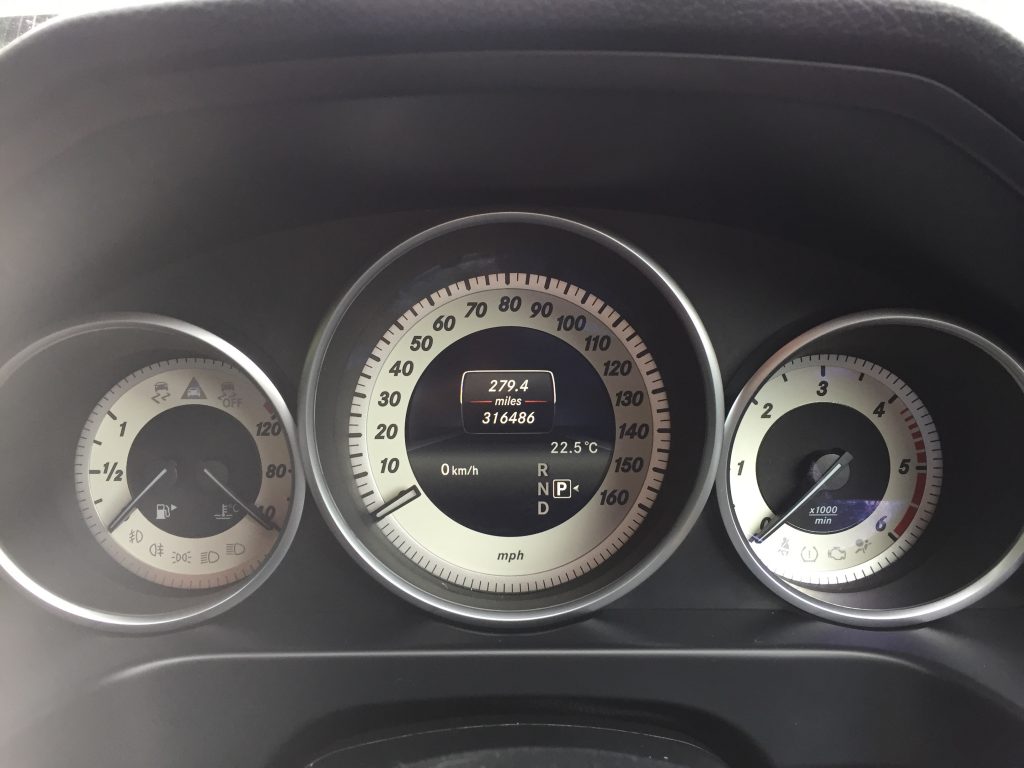 Mercedes-Benz instrument cluster displaying a service message
Mercedes-Benz instrument cluster displaying a service message
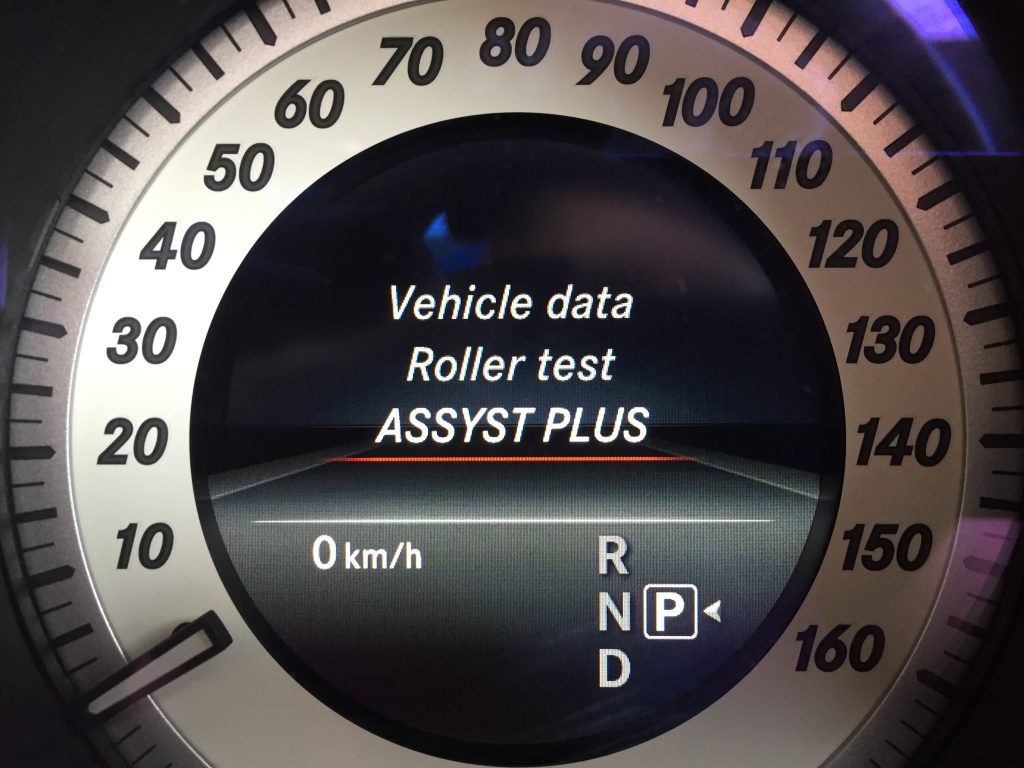 Close-up of a Mercedes-Benz dashboard with a service code displayed
Close-up of a Mercedes-Benz dashboard with a service code displayed
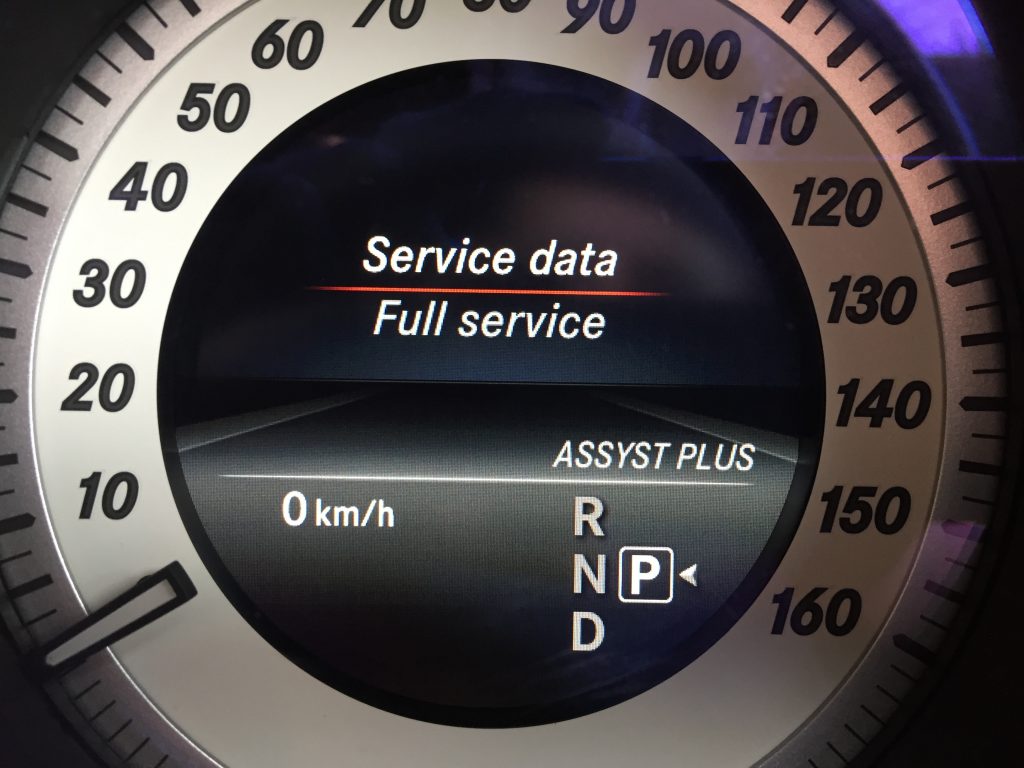 Mercedes-Benz dashboard displaying a detailed service code with workshop information
Mercedes-Benz dashboard displaying a detailed service code with workshop information
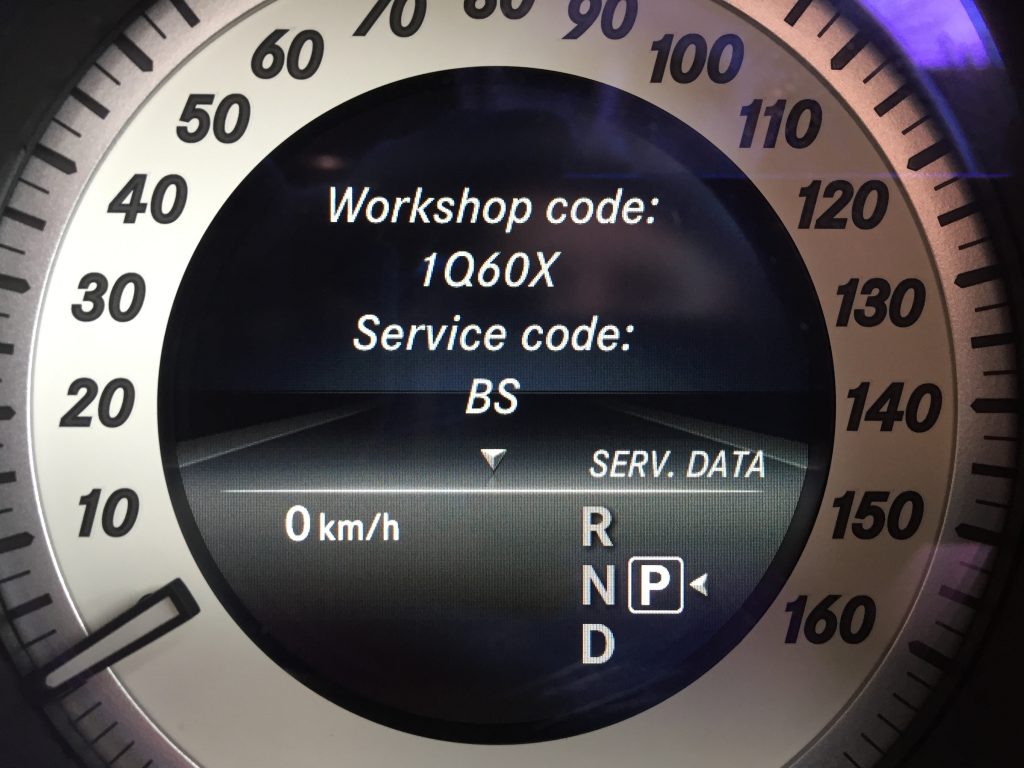 Close-up of a Mercedes-Benz instrument cluster showing service details and mileage
Close-up of a Mercedes-Benz instrument cluster showing service details and mileage
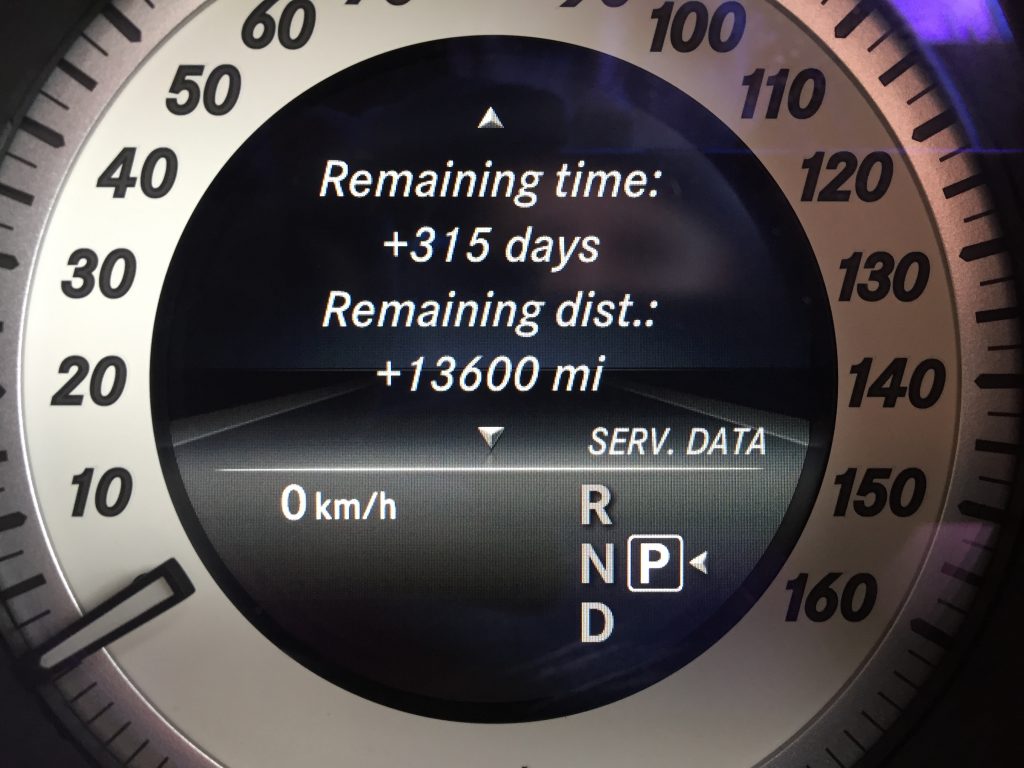 Mercedes-Benz instrument cluster highlighting service due information
Mercedes-Benz instrument cluster highlighting service due information
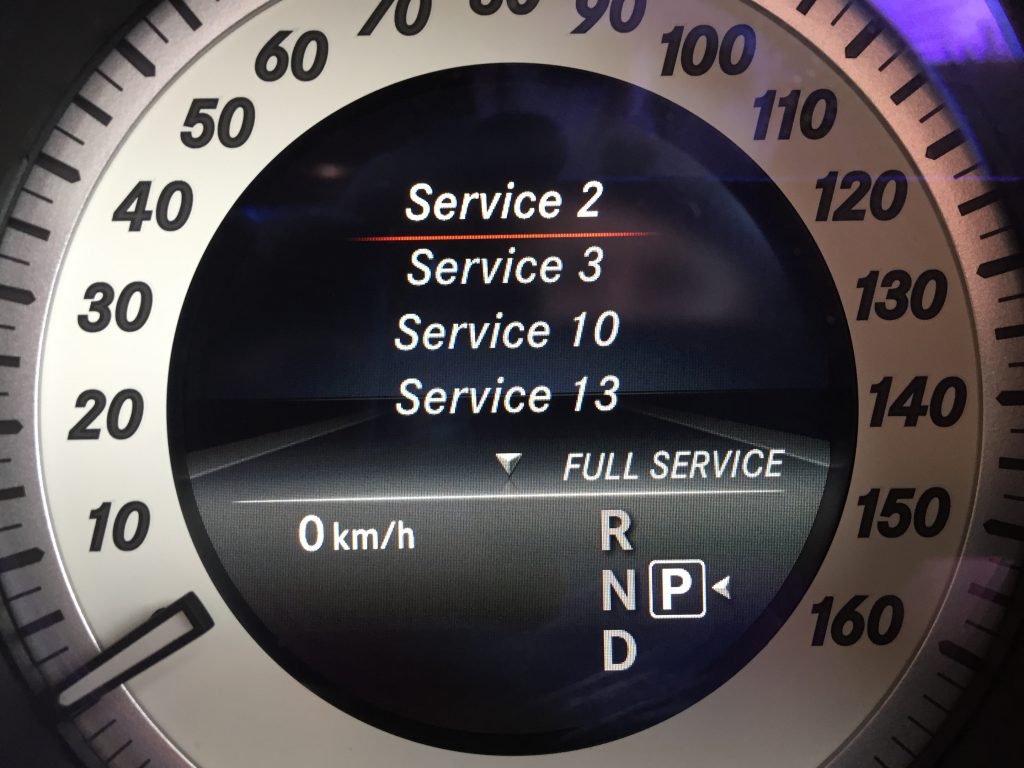 Mercedes-Benz dashboard showing service indicators and vehicle data
Mercedes-Benz dashboard showing service indicators and vehicle data
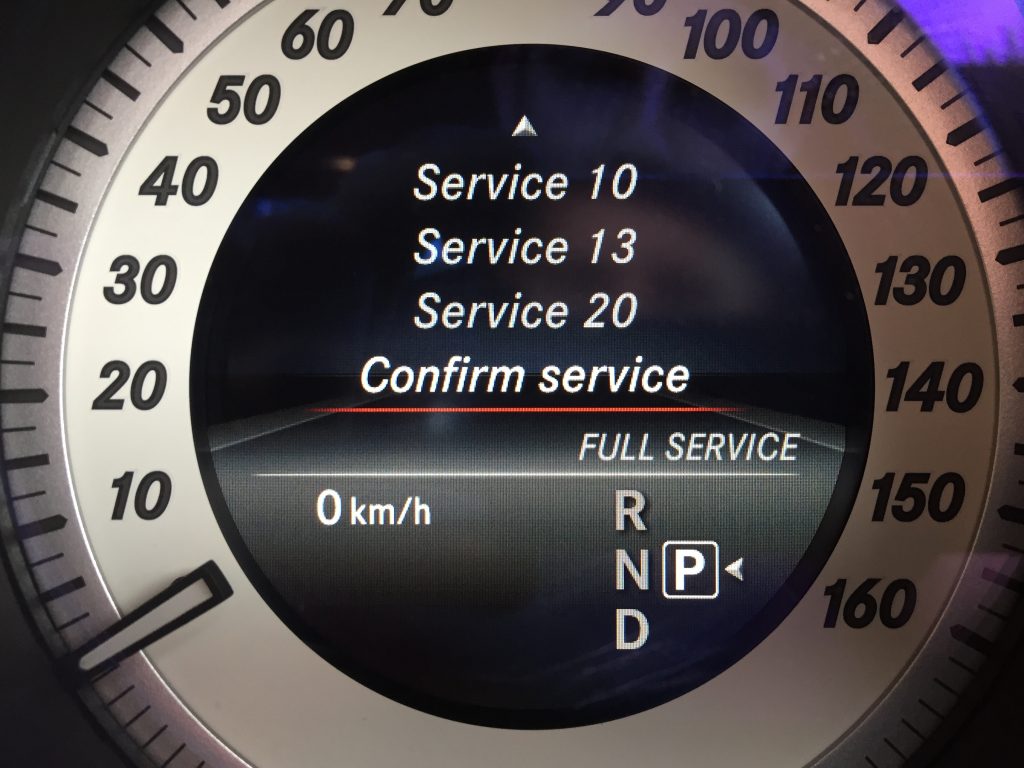 Mercedes-Benz instrument panel displaying various service and vehicle status messages
Mercedes-Benz instrument panel displaying various service and vehicle status messages
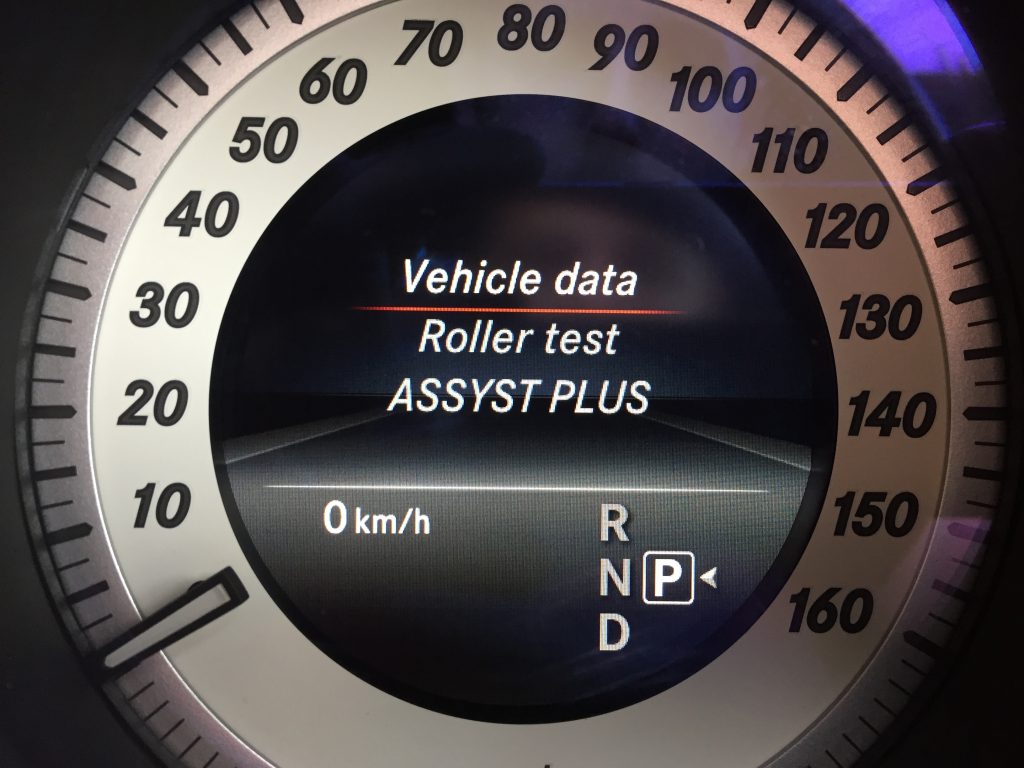 Mercedes-Benz service display indicating upcoming maintenance requirements
Mercedes-Benz service display indicating upcoming maintenance requirements


